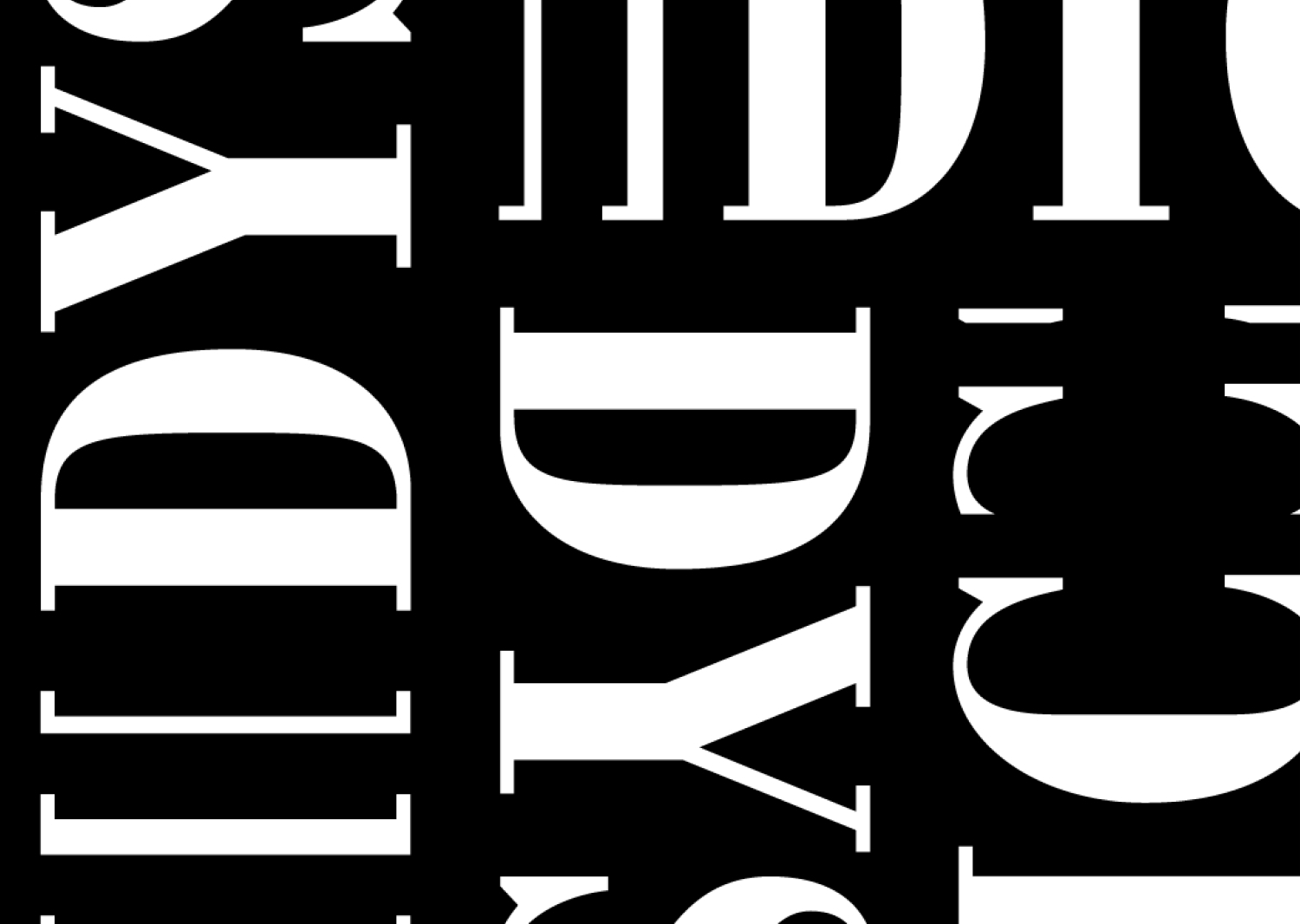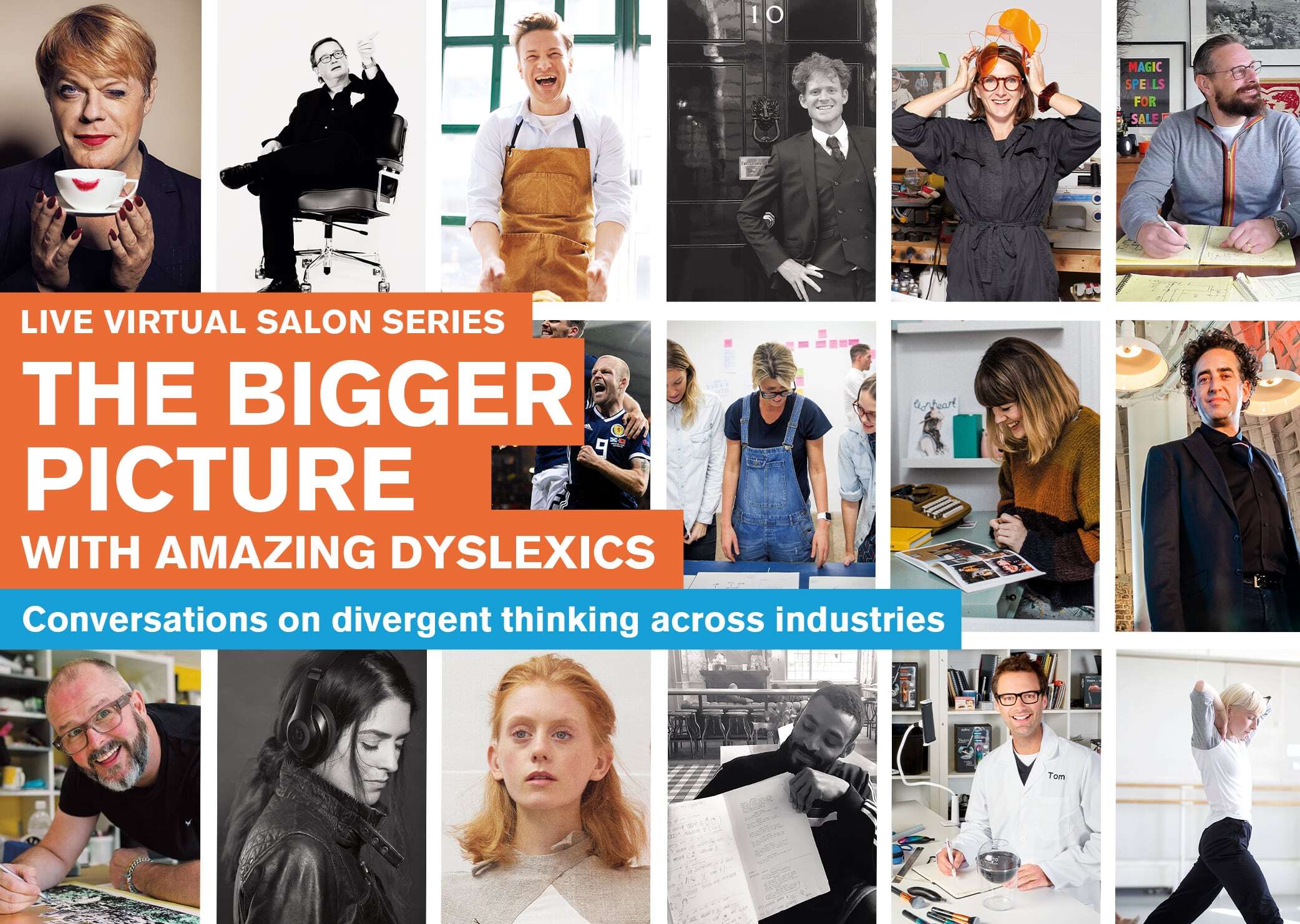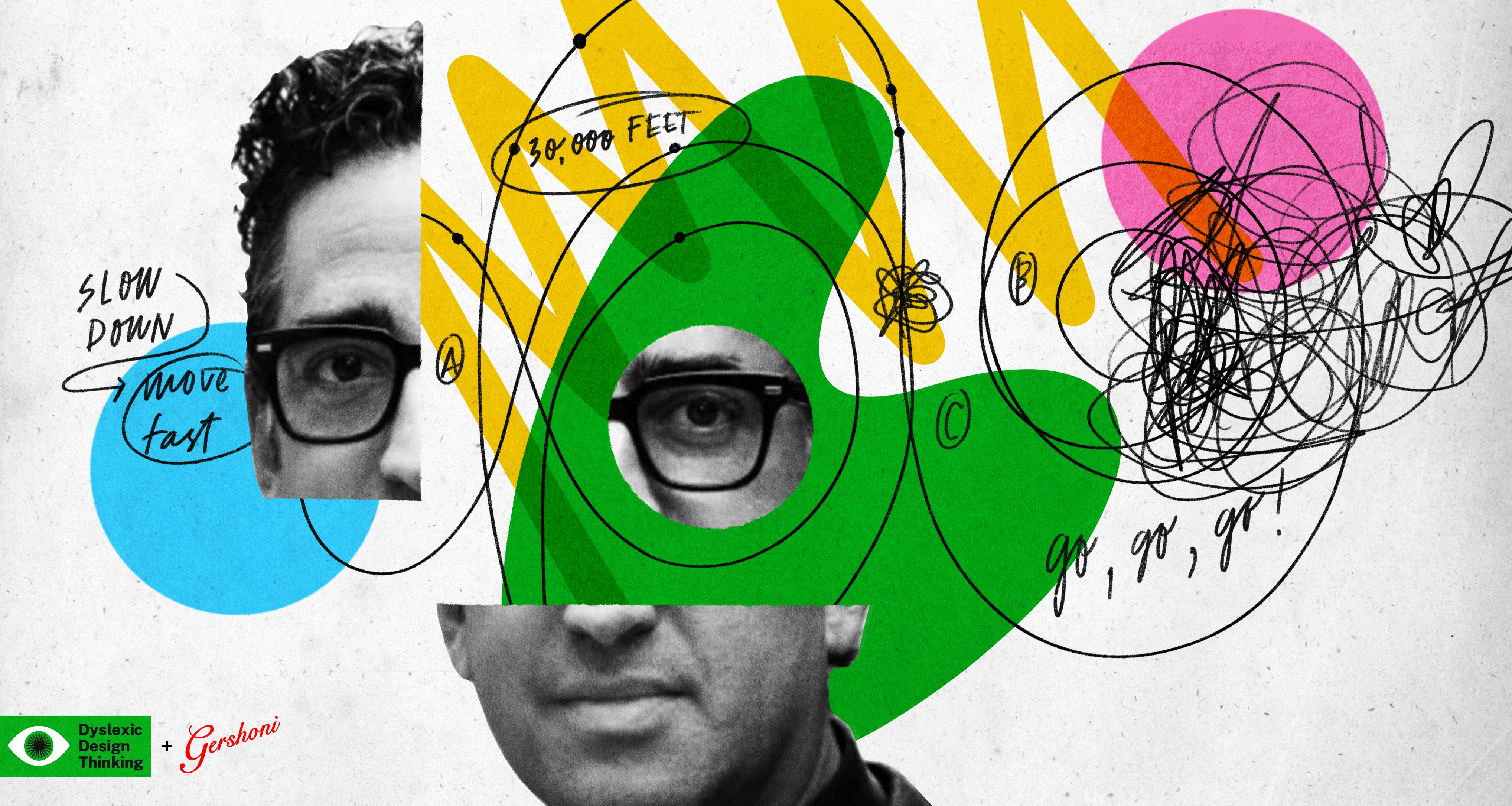
In my mind, I see a lady with a tattoo. I also see a bearded man. Scattered in this orbit are a small cat, a large dog and the swell of love.
These images are all part of a rebranding project I’m visualizing for a veterinary technology company. Some are close and some are blurrier, farther away. I can reach out and arrange each one to help me make unexpected connections. They’re all in motion. When one connection lights up, I move toward it. As I move, I accumulate more nodes that feel right. Soon, all of these once-disparate parts fall into alignment.
As someone with dyslexia, I’ve always been able to see my ideas. You won’t be surprised to hear that you can write on every wall at Gershoni Creative, my creative agency that builds brands and propels ideas. My inner dialogue is more like an inner whiteboard. And I know I’m not the only one.
Many of you may be nodding. You, too, have experienced the power of visualizing as a tool for creativity. Formally, visualizing is the act of forming a mental image of something. Informally, it’s a way to spark, connect, expand and evaluate our (many) ideas.
Anyone can have a knack for this skill. I’ve found dyslexics over-index on this ability.
For example, inventor and fellow dyslexic Tom Pellereau agrees, “I seem to be able to visualize things easier than other people,” he said. “I can see it and I can picture it and I can turn it around.”
Pellereau recently joined me and marketer Steven “Woody” Woodgate for The Bigger Picture With Amazing Dyslexics, a live virtual salon series I host to celebrate the way divergent thinking influences the way we think, create and relate to one another. It’s what I call Dyslexic Design Thinking.
In the salon, Pellereau shared how visualizing allows him to be more iterative and creative in real time. These techniques helped him become a winner on BBC One’s The Apprentice, where he became the first business partner of self-made billionaire Lord Sugar.
The three of us grasp the big picture in similar ways because, in our minds, everything is nonlinear, no matter the industry or profession. I apply visualization to the innovation, strategy and design work we do for clients. Pellereau steers his techniques toward innovation in the beauty category, while Woodgate applies them to product and software strategy.
Although our professional lives diverge, each of us sees visualizing as an essential part of our creative process. So why visualize? Here are five reasons that came up in our recent chat:

It sparks ideas.
Visualization is a process that’s integrated, not interruptive, to concepting.
In rebranding the veterinary technology company, I pulled inspiration from all over: an audience insight from an unrelated industry, a conversation with a longtime employee, an afternoon walk with my own dog. Pellereau can’t help but incorporate his mechanical engineering background into his work. Woodgate has a passion for football and cricket.
Because ideas come from everywhere, it helps to let everything in and worry about where it fits later. Instead of pausing to process the information, I tap into a natural state of flow.
I withhold judgment and let the visualizations roll in.
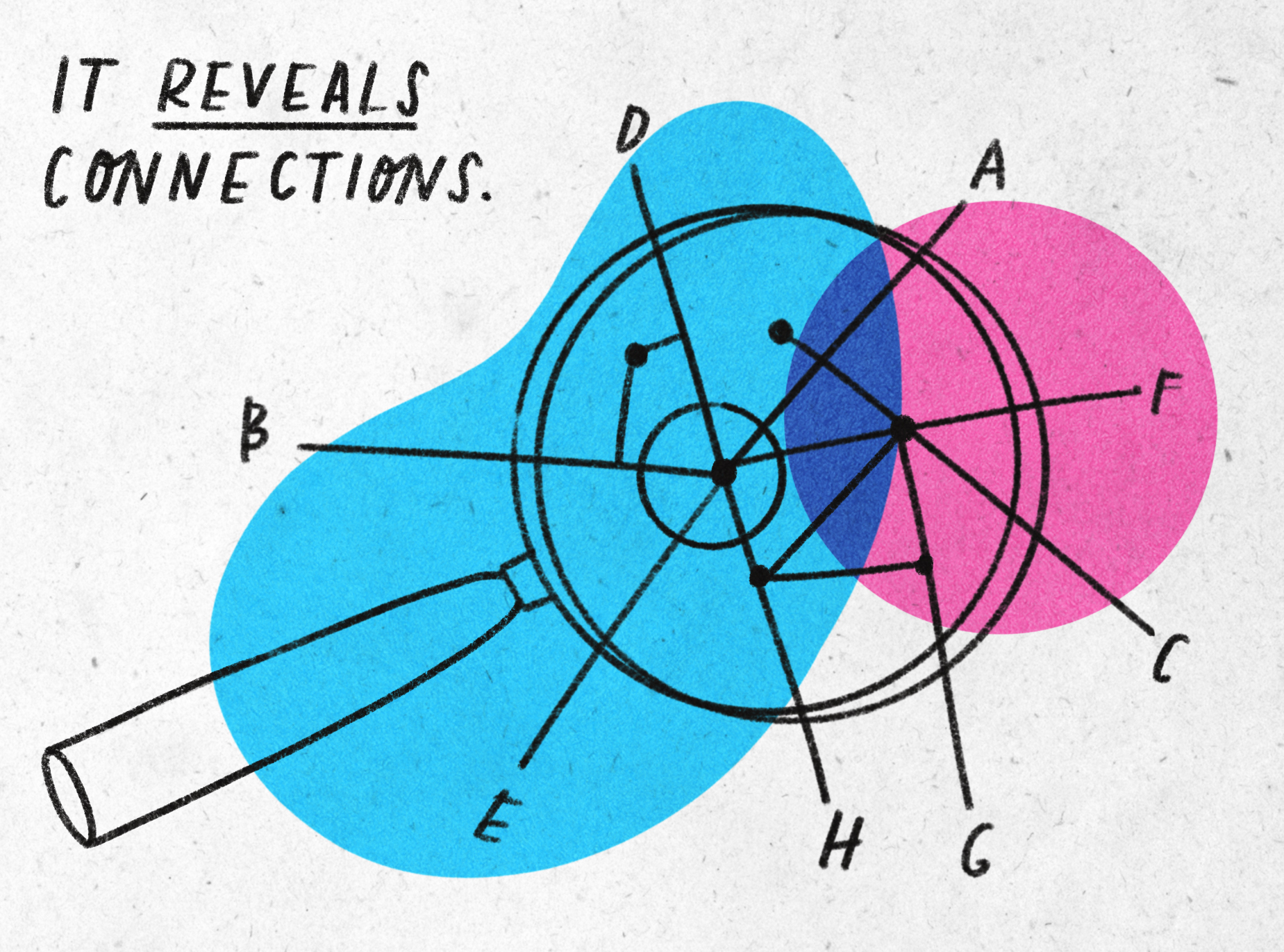
It reveals connections.
Not all ideas arrive fully formed. Having a mental landscape where everything is visible allows me to find commonalities and see how ideas fit together to create something bigger than themselves.
Seeing things from new perspectives always lights up new rooms in my team’s minds, too. We make a point to work with people who look up and look around and never look at the same thing the same way.
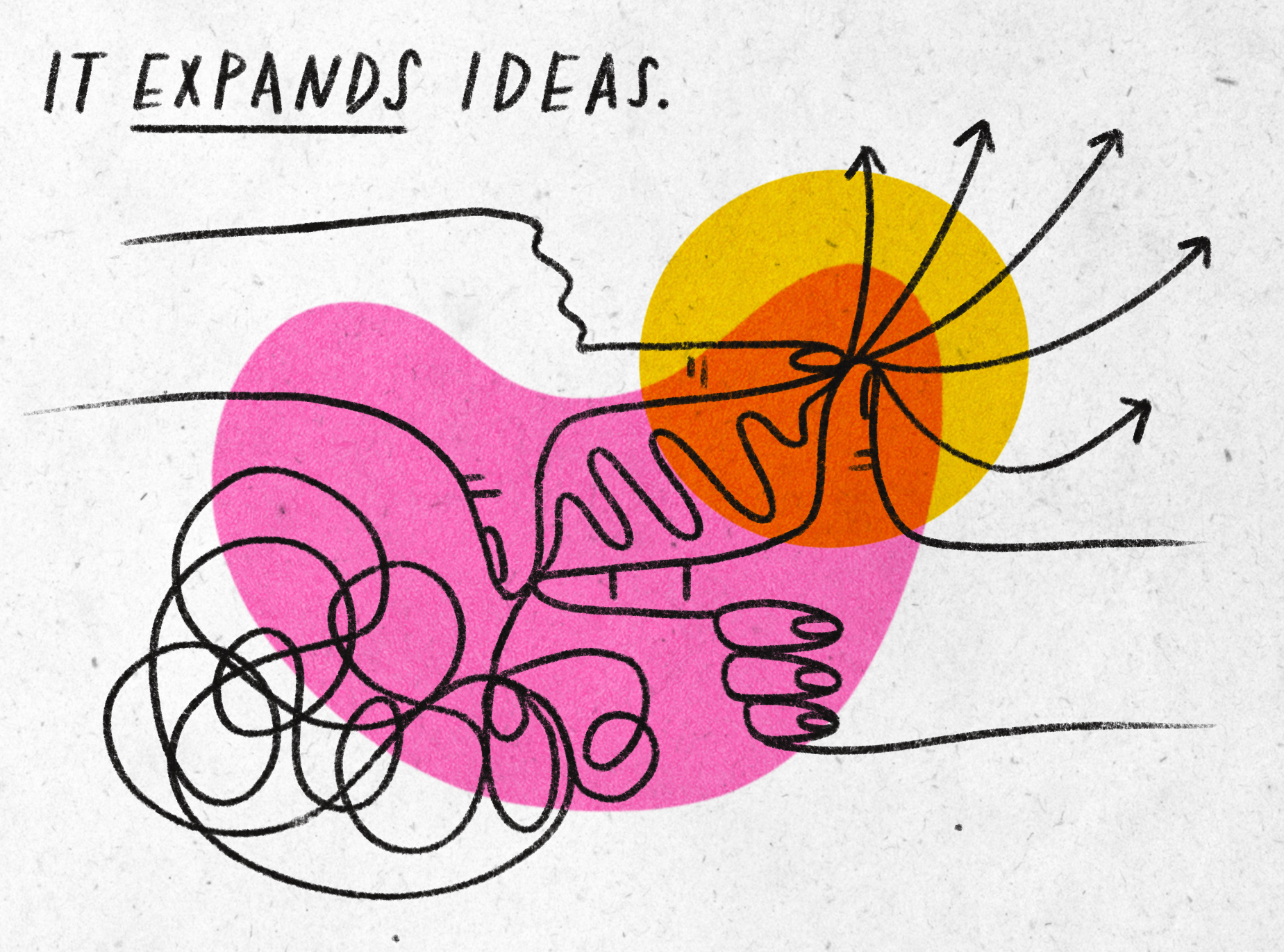
It expands ideas.
The easiest way for me to deepen an idea is to go back to my visualization. When a global professional services company wanted an innovative approach to a textbook-long curriculum, I visualized the ideas presented on paper as living worlds. I couldn’t talk innovation until I could see the content in an innovative form. In my mind’s eye, I saw a complete immersive experience that moved the curriculum into new mediums and opportunities. The success of our project reinforced what I always instinctively knew: There are always more ideas once you look beyond what’s in the frame.
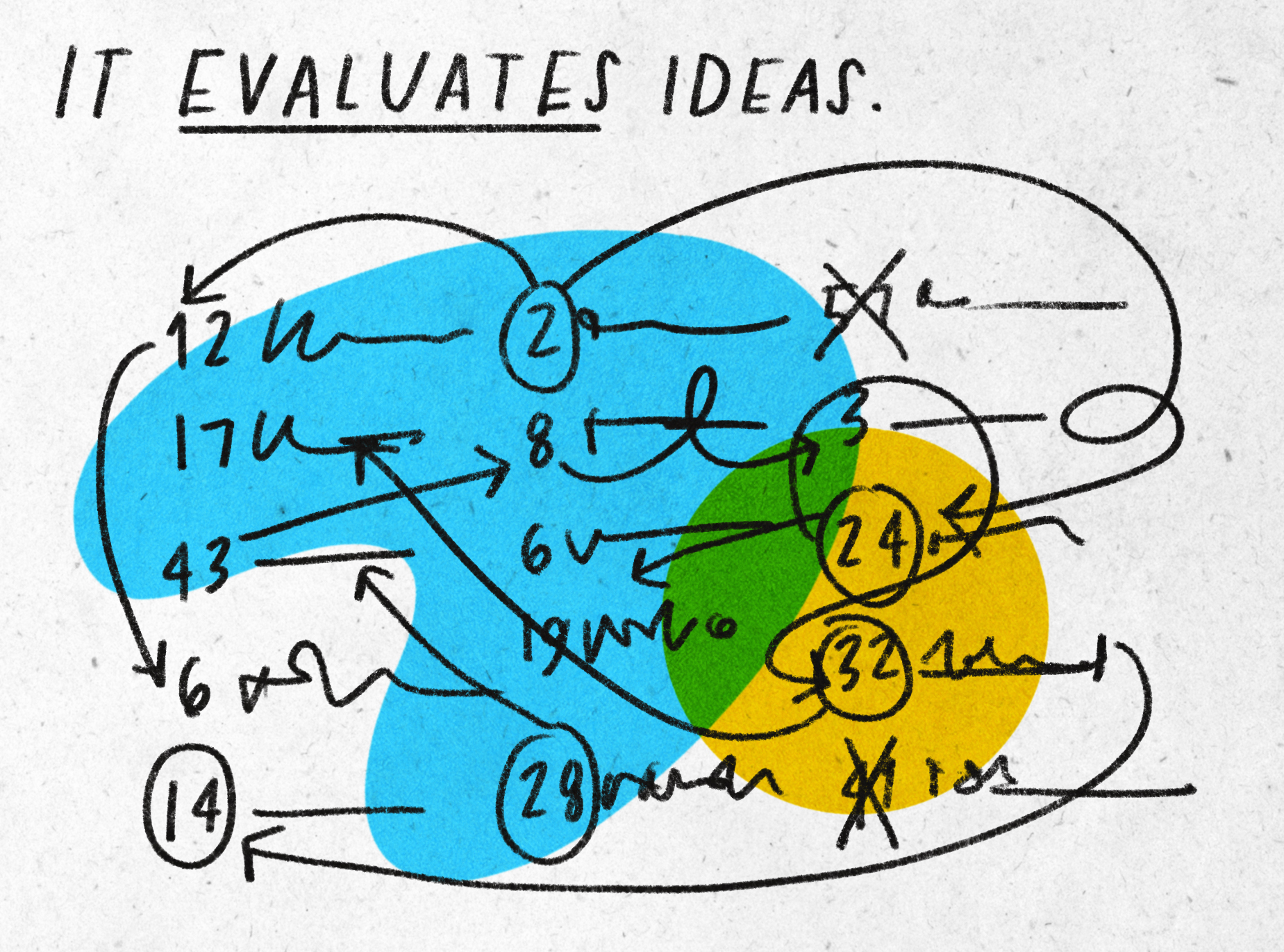
It evaluates ideas.
Visualization helps me quickly determine whether an idea is viable or not. I organize ideas into lists and color-code them based on effort. A low-effort task that takes two hours is green; a more time-intensive task is blue. The different colors allow me, at a glance, to account for all the elements needed to bring an idea to life and make a determination whether we have the resources to complete it on time and on budget. Another fan of color? Pellereau. He’s often seen carrying around Pilot’s FriXion erasable color pens. They help him map out what’s next for the latest STYLIdeas makeup-brush cleaner that just became available at Costco in the U.S.
Why practice visualization? Because it opens the door to inclusivity. Once a visualization leaves my head, it brings different mindsets and skill sets into the creative process. Everyone on the team gets to add their own ideas, experiences and points of view. We co-create and iterate until we’re all on the same page.
Visualization is about having a vision of where you’re going. We move together not just because we agree on the future, but because we can see it, too.
To read more counterintuitive ideas from one dyslexic creative leader, sign up for the newsletter.
